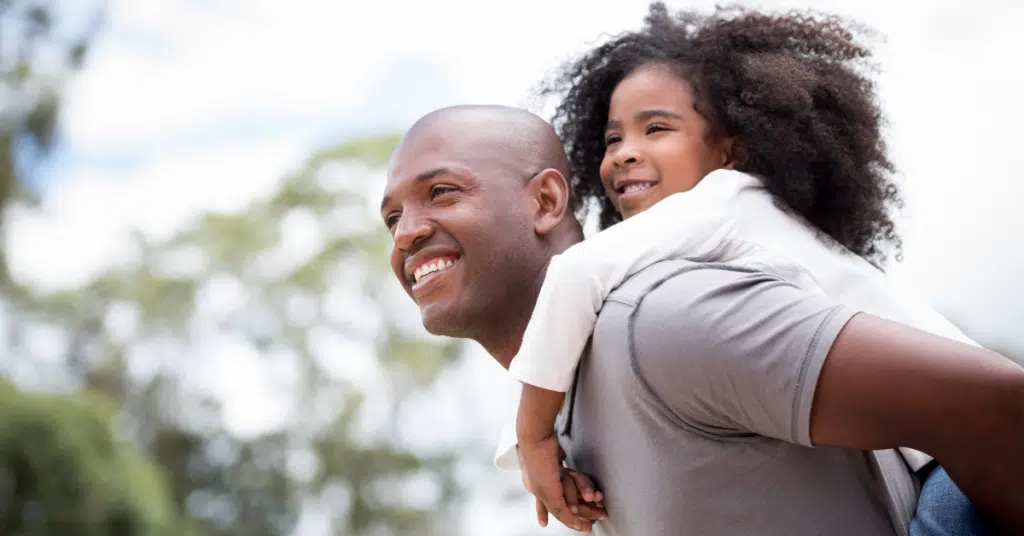Emotions are an integral part of the human experience, influencing our thoughts, behaviors, and overall well-being. Traditionally, emotions have been thought of as purely psychological phenomena, originating and residing solely in the mind. However, recent scientific research has shed light on the significant role that the body plays in our emotional experiences.
In this article, we will delve into the fascinating connection between emotions and physical sensations, exploring how our bodies provide valuable cues and feedback about our feelings. By understanding the body’s role in emotions, we can develop a deeper awareness of ourselves and enhance our emotional well-being.
The Mind-Body Connection
The mind-body connection refers to the intricate interplay between our mental and physical states. Emotions, being an inseparable part of this connection, can manifest as various physical sensations throughout our bodies. Have you ever experienced a racing heartbeat, a knot in your stomach, or a lump in your throat when feeling anxious or fearful? These bodily sensations are not merely coincidental; they are direct manifestations of our emotional states.
Neuroscientific research has shown that the brain plays a vital role in processing emotions and generating physical responses. The amygdala, a key structure in the brain’s emotional processing center, sends signals to other areas of the body, activating the autonomic nervous system and triggering physiological changes. These changes can include increased heart rate, changes in breathing pattern, muscle tension, and even changes in body temperature. In turn, these physical responses can intensify and reinforce our emotional experiences.
Embodied Emotions
The concept of embodied emotions suggests that our bodies not only reflect our emotional states but also actively contribute to the creation and regulation of emotions. This notion challenges the traditional view that emotions are solely products of the mind. Research has shown that bodily sensations associated with emotions can influence how we perceive and interpret our feelings. For example, studies have demonstrated that mimicking facial expressions associated with specific emotions can actually evoke those emotions in individuals, suggesting a bidirectional relationship between the body and emotions.
Moreover, the body’s role in emotions extends beyond surface-level physical sensations. It encompasses the entire range of bodily experiences, including subtle cues and microexpressions that can communicate our emotional states to others. Think of how body language, such as posture, gestures, and eye contact, can convey a person’s feelings even without verbal communication. These nonverbal cues play a significant role in interpersonal interactions, shaping the emotional dynamics between individuals.
Enhancing Emotional Awareness
Developing a heightened awareness of the body’s role in emotions can be a transformative journey toward greater emotional well-being. By paying attention to our physical sensations, we can gain valuable insights into our emotional states and respond to them in a more conscious and effective manner. Mindfulness practices, such as body scans and focused breathing exercises, can help us tune into our bodily experiences and cultivate a deeper connection with our emotions.
Furthermore, recognizing the body’s role in emotions can enhance our ability to empathize with others. When we understand that physical sensations accompany emotions, we can become more attuned to the nonverbal cues and subtle signals that others may be exhibiting. This increased sensitivity allows for a deeper understanding and connection with our loved ones, colleagues, and the broader community.
How Major Emotions Can Show Up in Your Body
Different emotions can manifest in distinct physical sensations, providing valuable clues about our inner states. Understanding how major emotions show up in our bodies can help us recognize and manage our feelings more effectively. Here are some common bodily experiences associated with key emotions, shedding light on the interconnectedness of our emotional and physical realms.

Happiness
When we experience joy and happiness, our bodies often respond with a sense of lightness and buoyancy. It may feel as if our chests expand, and we have a warm, tingling sensation throughout our bodies. A genuine smile can activate facial muscles and release endorphins, further enhancing the feeling of happiness.
Anger
Anger is a powerful emotion that can trigger various physical responses. It may be accompanied by a rise in body temperature, increased heart rate, and tense muscles. Some people may clench their fists or jaw, and their faces may flush. The energy of anger can feel intense and may manifest as a surge of power or restlessness.
Sadness
Sadness often manifests in a heavy, sinking feeling in the chest or stomach. It can be accompanied by a sense of fatigue or sluggishness, as well as a tendency to withdraw or curl up. Tears are a common physical expression of sadness, releasing emotional tension and providing a temporary sense of relief.
Fear
When faced with fear, our bodies can enter a state of heightened arousal. This may include rapid breathing, increased heart rate, sweating, and a tingling sensation. Muscles may tense up, preparing us for a fight-or-flight response. The body’s instinctual reaction to fear is designed to mobilize us to respond to potential threats.
Love
Love is often associated with a warm, expansive feeling in the chest. It can create a sense of openness, with relaxed muscles and a slower heart rate. Love may also be felt as a comforting presence, where a deep sense of connection and affection permeates the body.
Surprise
When caught off guard or experiencing surprise, our bodies may momentarily freeze or stiffen. It can be accompanied by widened eyes, a quick inhalation of breath, and a heightened state of alertness. The physical response to surprise is an automatic reflex aimed at processing and adapting to unexpected events.
In the end
The body’s role in emotions goes far beyond being a mere vessel for our feelings. It actively participates in the generation, expression, and regulation of emotions, providing valuable feedback and cues along the way. By acknowledging and exploring the physical sensations of feelings, we can develop a more holistic understanding of ourselves and our emotional well-being.
So, the next time you experience an emotion, take a moment to tune in to your body and embrace the wisdom it holds.
References:
Vladimir N. Uversky, Academic Editor. Understanding Emotions: Origins and Roles of the Amygdala, 2021.
Karla McLaren. The Language of Emotions What Your Feelings Are Trying to Tell You, 2010.
Jonathan Collins, Tristen Collins, Melissa Binder, Tristen K Collins Lpc. Why Emotions Matter, 2019.












